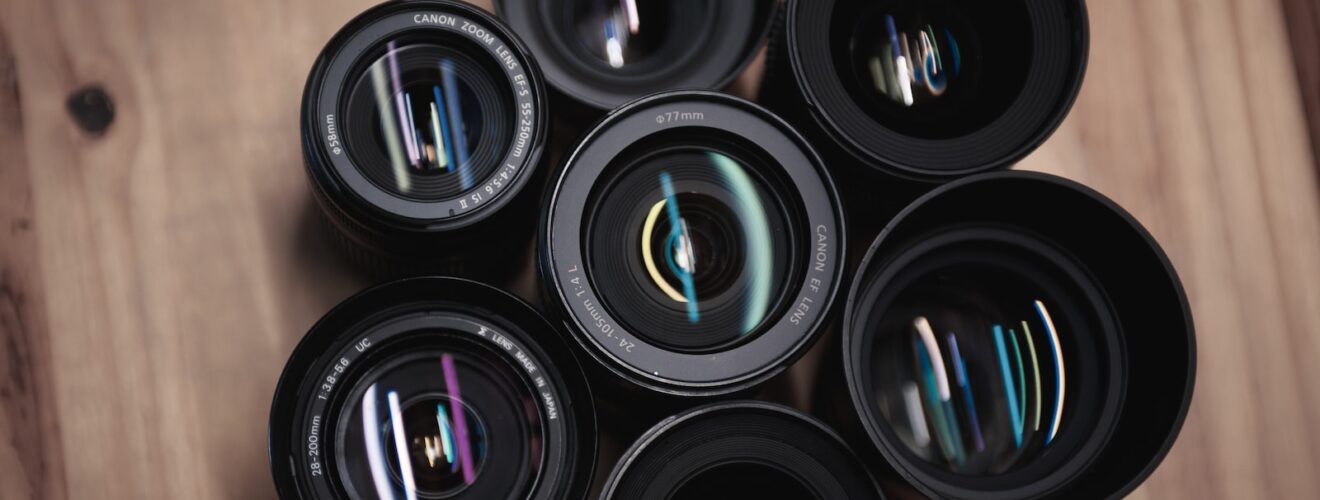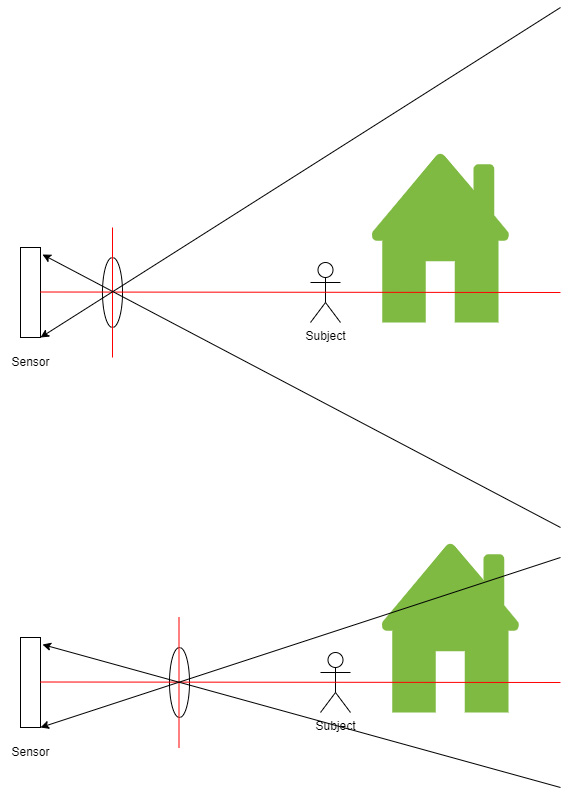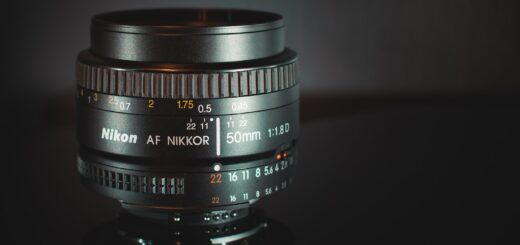Focal Length and Aperture

The two main specifications of a camera lens are its focal length and aperture. Let’s look into what they mean and how they affect our photos.
Focal Length
The focal length of a lens (usually measured in “mm”) is a measure of the distance of the optical center of the lens from the image sensor.
This correlates directly with the angle of view, which is how much of the scene can be viewed through the lens – the shorter the focal length, the wider the angle of view.
For example, a 24mm lens will be able to view a much wider scene than a 50mm lens on the same camera.
This can be easily visualized by using this diagram below.

Aperture
The aperture of a camera lens is usually written as “f/number”, and is a measure of how big or wide the diameter of the entrance pupil is.
One confusion that often occurs is trying to understand the relationship between the f/number and actual diameter of the entrance pupil – because the f/number is actually a ratio, the lower the f/number, the larger the aperture.
For example, f/1.4 is a larger aperture than f/2.8.
The lens aperture has two major effects:
- It determines how much light hits the sensor, which in turn affects your shutter speed or chosen ISO setting.
- It determines how much of the subject is in focus (also known as depth of field) – a lower f/number will have a shallower focus plane.
Lens Naming Convention
Lenses usually have their focal length or focal lengths listed together with their maximum apertures.
It is important to understand that only the maximum aperture is listed (i.e. lowest f/number) for the lens, but the lens is usually able to shoot at smaller apertures (i.e. higher f/numbers) as well until a designated limit.
For example, a f/1.4 lens would typically be able to shoot at varying apertures until f/16.
Generally there will be three type of lenses:
- Single focal length lenses (also known as prime lenses)
For example, the Nikon Z 50mm f/1.8 S lens is a 50mm lens with a maximum aperture of f/1.8. - Variable focal length lenses (zoom lenses) with variable apertures
For example, the Nikon Z 24-50mm f/4-6.3 lens is a zoom lens that can shoot anywhere from 24mm to 50mm, and at its widest 24mm its maximum aperture is f/4, and similarly at its narrowest 50mm its maximum aperture is f/6.3. - Variable focal length lenses (zoom lenses) with fixed maximum aperture
For example, the Nikon Z 24-70mm f/4 S lens is a zoom lens that can shoot anywhere from 24mm to 70mm, and regardless of its focal length, its maximum aperture is f/4.
Further Reading
Now that you have a basic understanding of the concept of focal length and aperture, as well as their naming conventions, you can head on to read about how focal length differs on different sensor sizes, or learn more about the differences between prime and zoom lenses.








